Bioplastics
Use sustainably made bioplastics in place of conventional plastic items.
Encourage your employee or campus cafeteria and local restaurants to replace conventional plastics with the products you found to be the best.

Use sustainably made bioplastics in place of conventional plastic items.
Encourage your employee or campus cafeteria and local restaurants to replace conventional plastics with the products you found to be the best.

Boost visibility of the climate problems and solutions associated with cement by sharing this link with developers and contractors in your community.
Consider using alternatives to cement in your own construction projects.
Reducing emissions from the production and transport of cement has the co-benefits of reducing risks of extreme climate events, reducing air pollution, and improving mental health.
Improved air and water quality contribute to reduced respiratory and gastrointestinal illness.
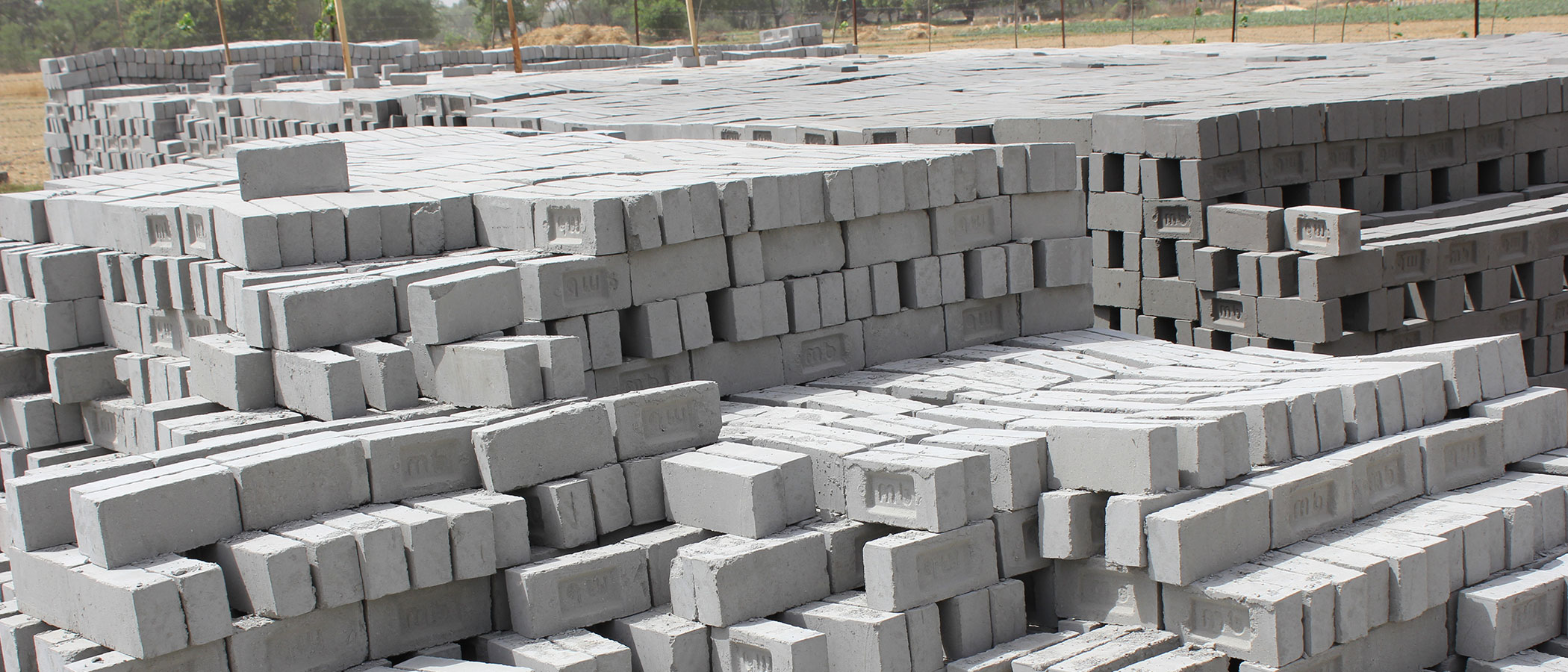

Share this drawdown solution with a development organization.
Learn more about how methane contributes to climate change and explore ways that you and your community can help alleviate the burden.
Improving rice production increases rice yield and income for farmers.
More rice means more food security.
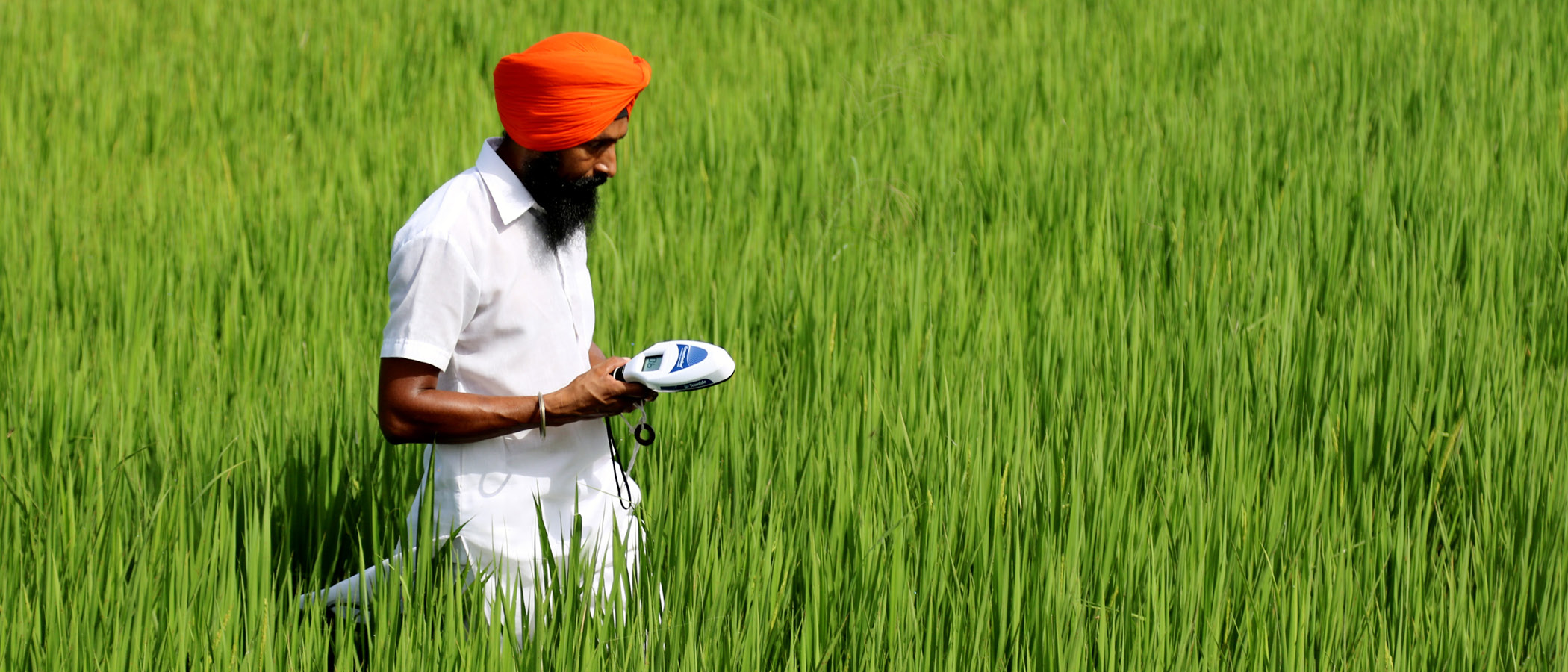
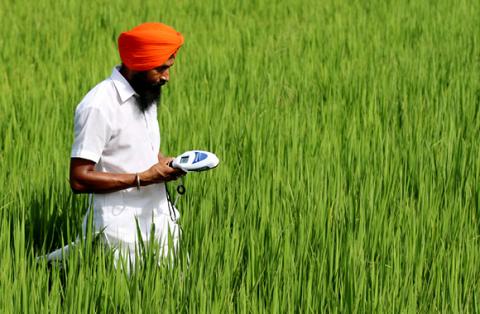
If you are a rice farmer, adopt the practices outlined here.
If you are a rice buyer or consumer, share knowledge about climate-friendly practices with those who can use them.
Improving rice production increases rice yield and income for farmers.
More rice means more food security.
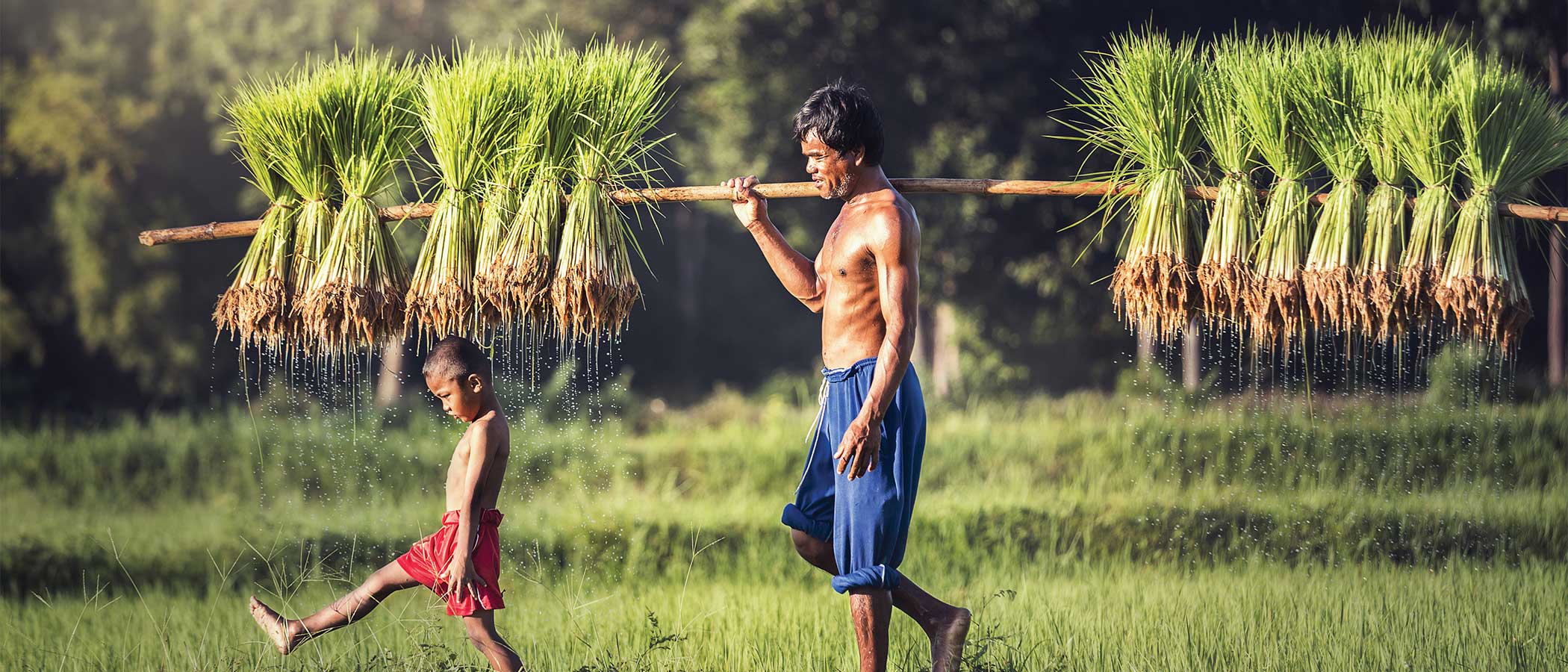

If you use irrigation, consider repairing or upgrading your system to reduce water waste.
If you are an investor, consider funding efforts to improve irrigation efficiency, particularly in low- and middle-income countries.
Reducing water for irrigation increases water available for people.
Reducing excessive use of irrigation reduces contamination/fertilizer runoff that can pollutes waterways and drinking water.
Reducing irrigation reduces farm expenses.
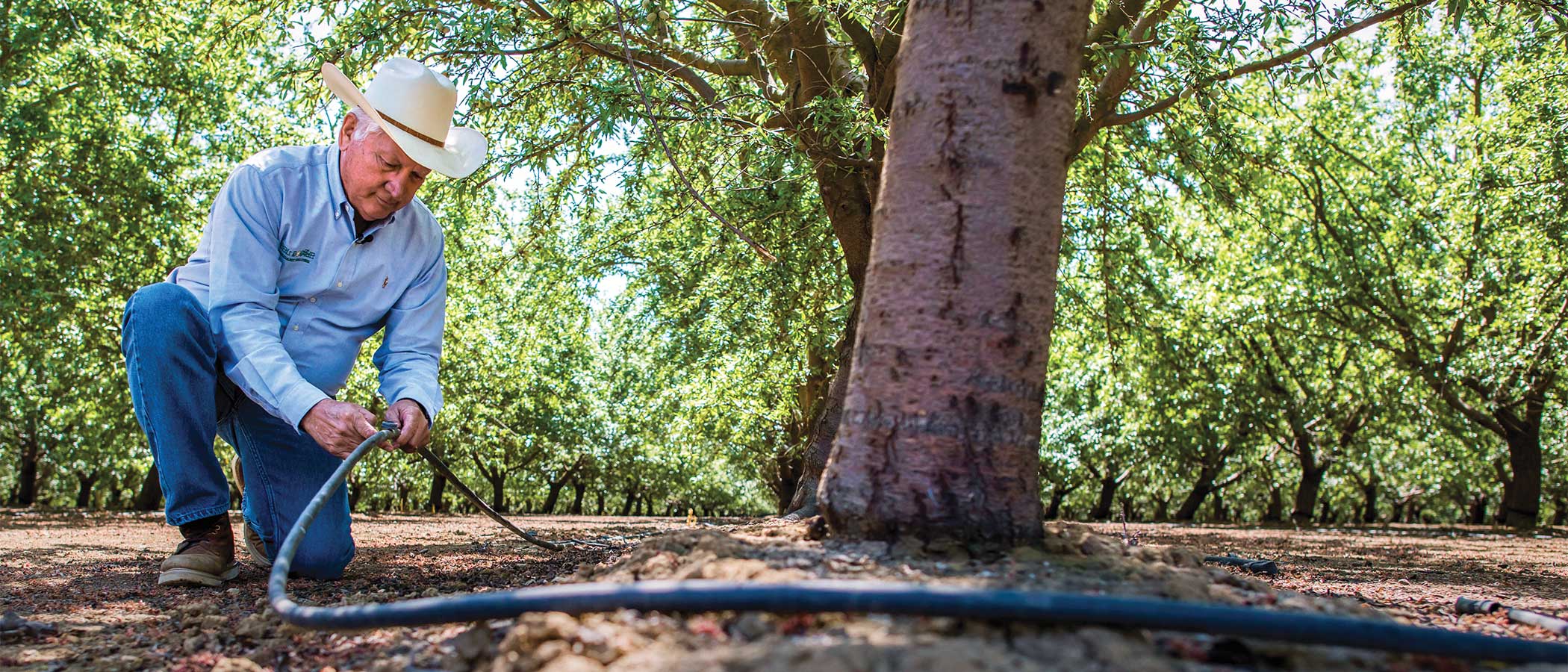
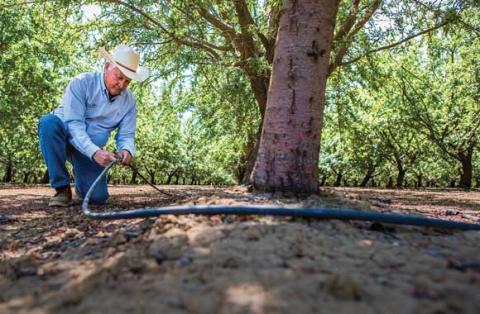
If you grow crops, work with a consultant to fine-tune your fertilizer use to meet your needs.
Encourage lawmakers to adopt policies that disincentivize fertilizer overuse.
Improved nutrient management can enhance soil and water quality because excess nitrogen on farmlands harms streams and rivers and can acidify soils, which in turn decreases crop yields.
Site-specific nutrient management can increase crop yield and profitability.
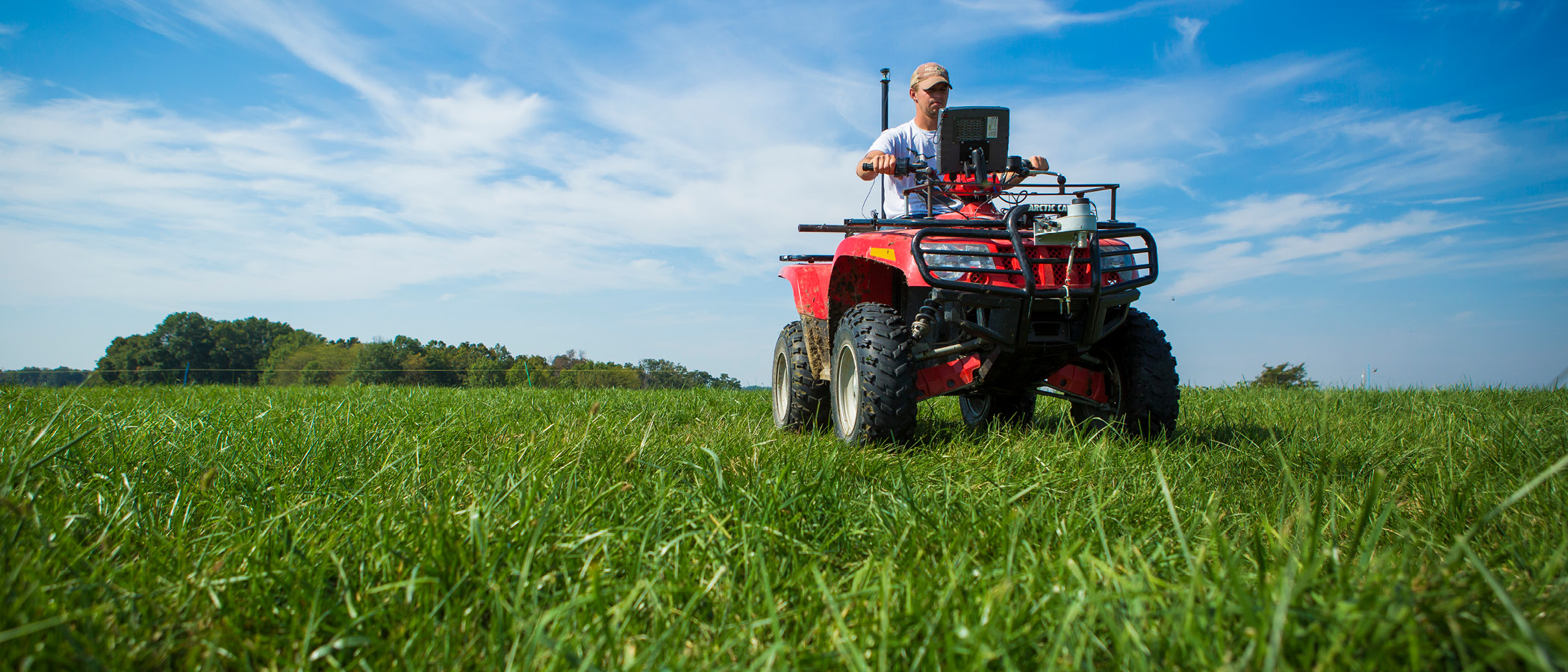
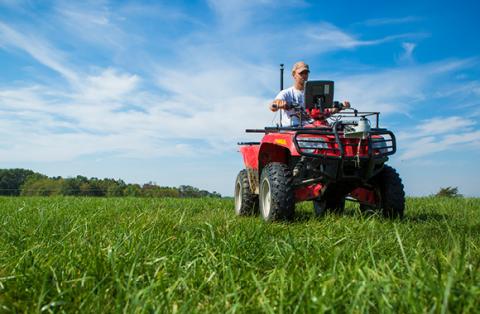
Use your purchasing power to support farms that use regenerative practices such as compost application, cover crops, crop rotation, green manures, no-till or reduced tillage, and/or organic production.
If you farm, work with your local extension service to identify and implement regenerative practices suited to your circumstances.
Regenerative annual cropping boosts water filtration and retention, making farms and communities more resilient to droughts and floods, while reducing erosion and pollution.
It also enhances soil health and fertility for higher farm productivity.
More nutrients are available for plants and natural pest protection, minimizing the use of expensive fertilizers and pesticides.
Wildlife habitat, biodiversity, and ecosystem resilience are enriched.
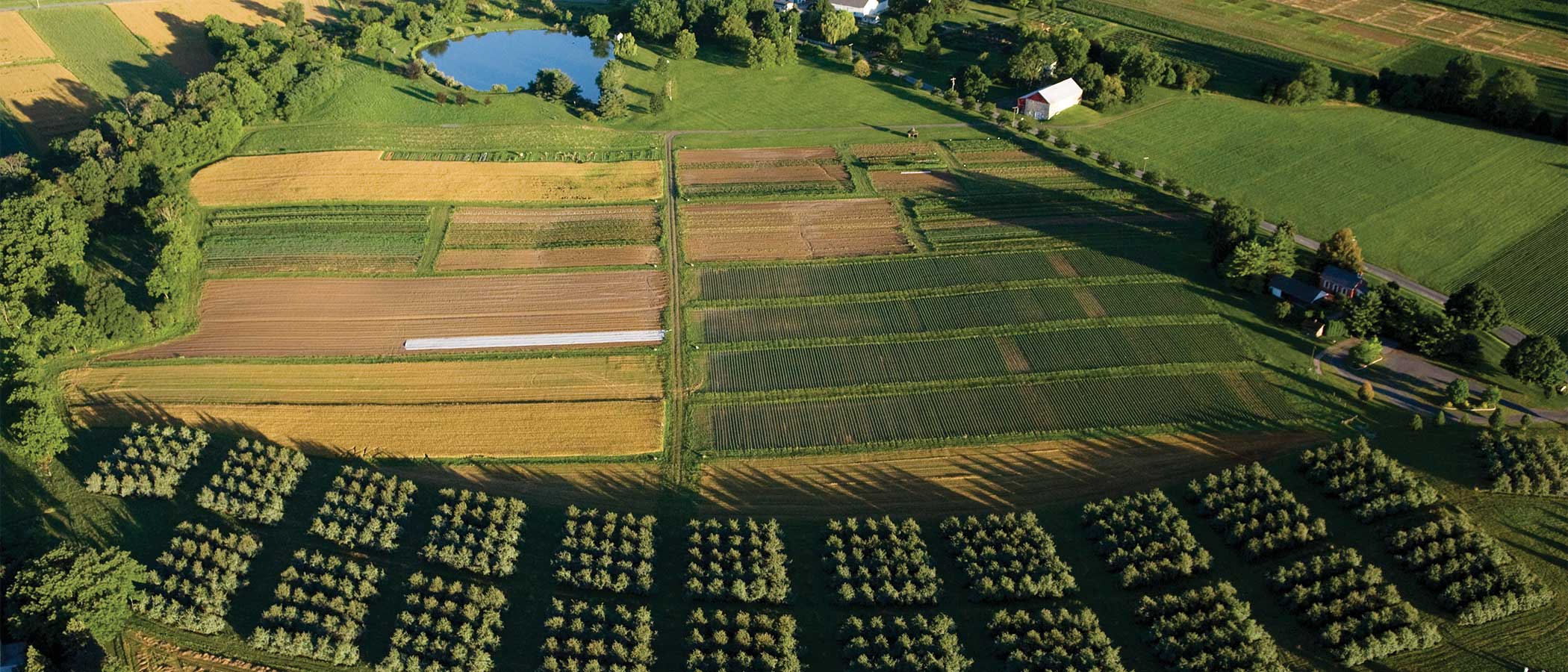
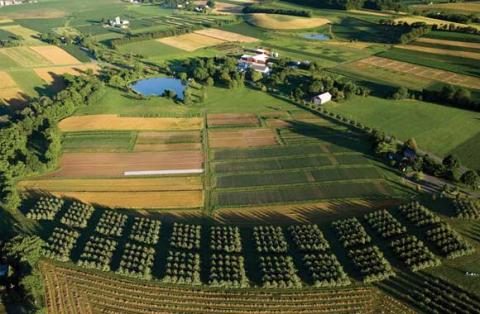
Read a picture book about soil to a child in your life.
Post a photo of a reduced-tillage farm field to your social media with a message thanking the farmer for the climate-friendly practice.
Conservation agriculture improves soil health and reduces nutrient pollution in streams and rivers.
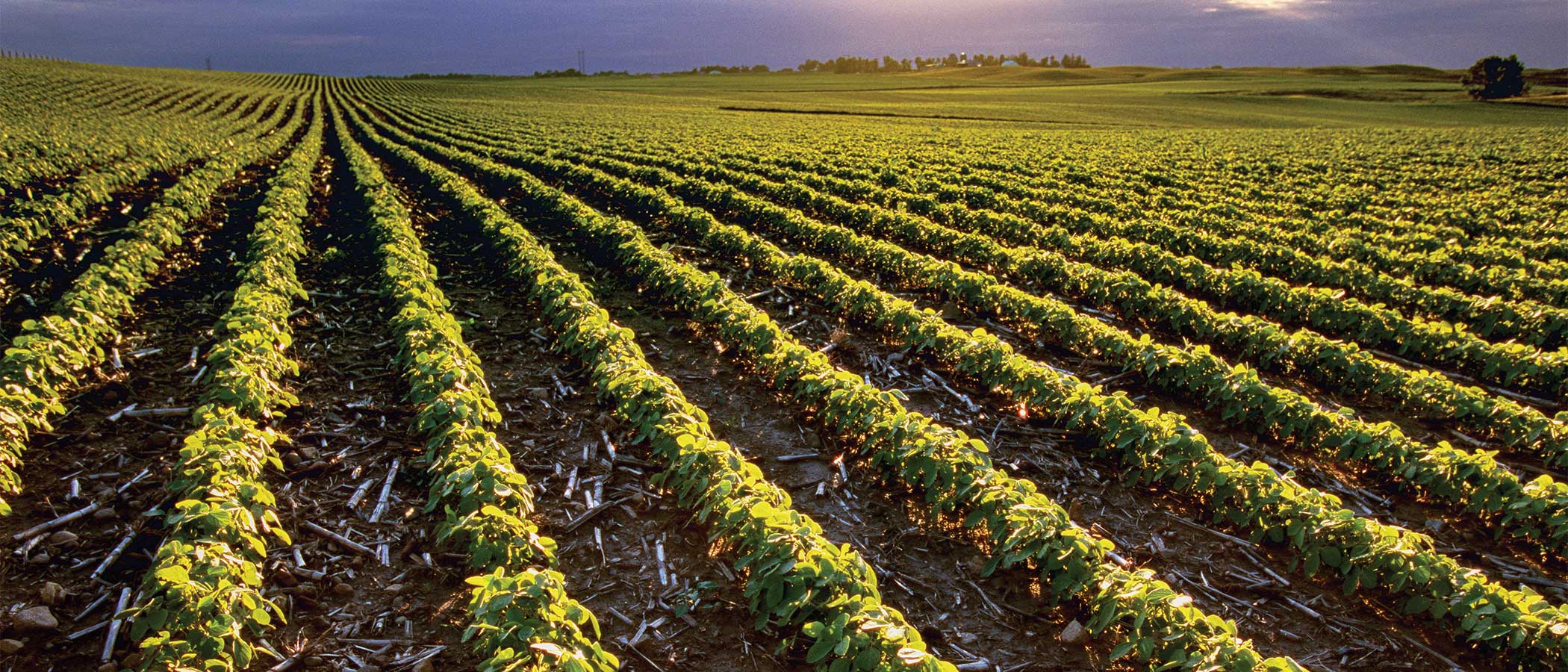
Use your purchasing power to show support for small, sustainably managed farms.
Promote laws and policies that incentivize climate-friendly agriculture.
Sustainable intensification for smallholders Increases farmers income and contributes to food security by increasing crop yield.
It also builds soil health and improves water infiltration during rain and retains the moisture during droughts.


Encourage the development and enforcement of laws and regulations that disincentivize destruction of coastal wetlands.
Support organizations working to protect coastal wetlands around the world.
Coastal wetland protection mitigates the impacts of extreme climate events such as hurricanes, floods, and sea-level rise.
In many countries, particularly small island developing states, mangroves and other coastal ecosystems support subsistence fisheries that are critical for food security.
